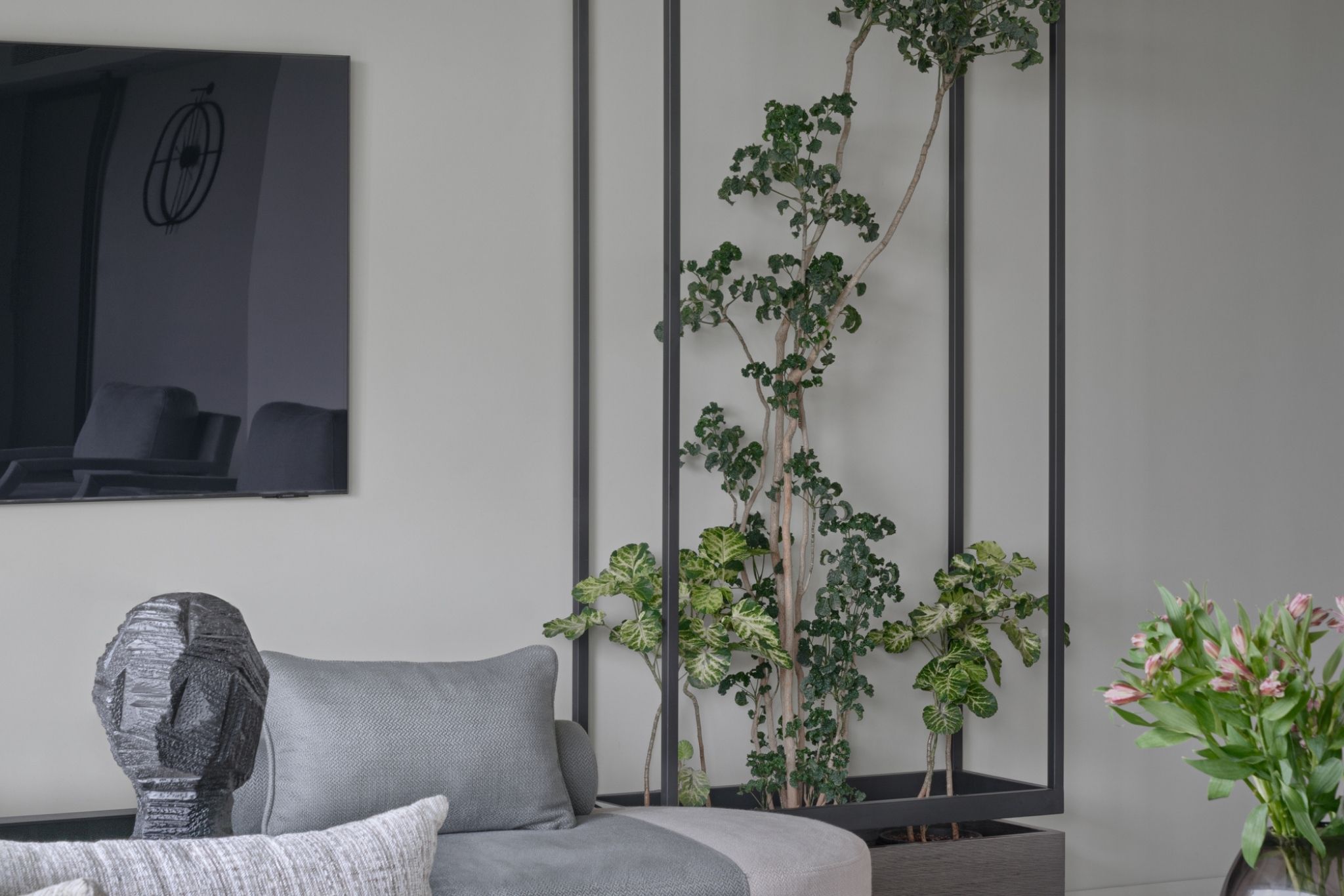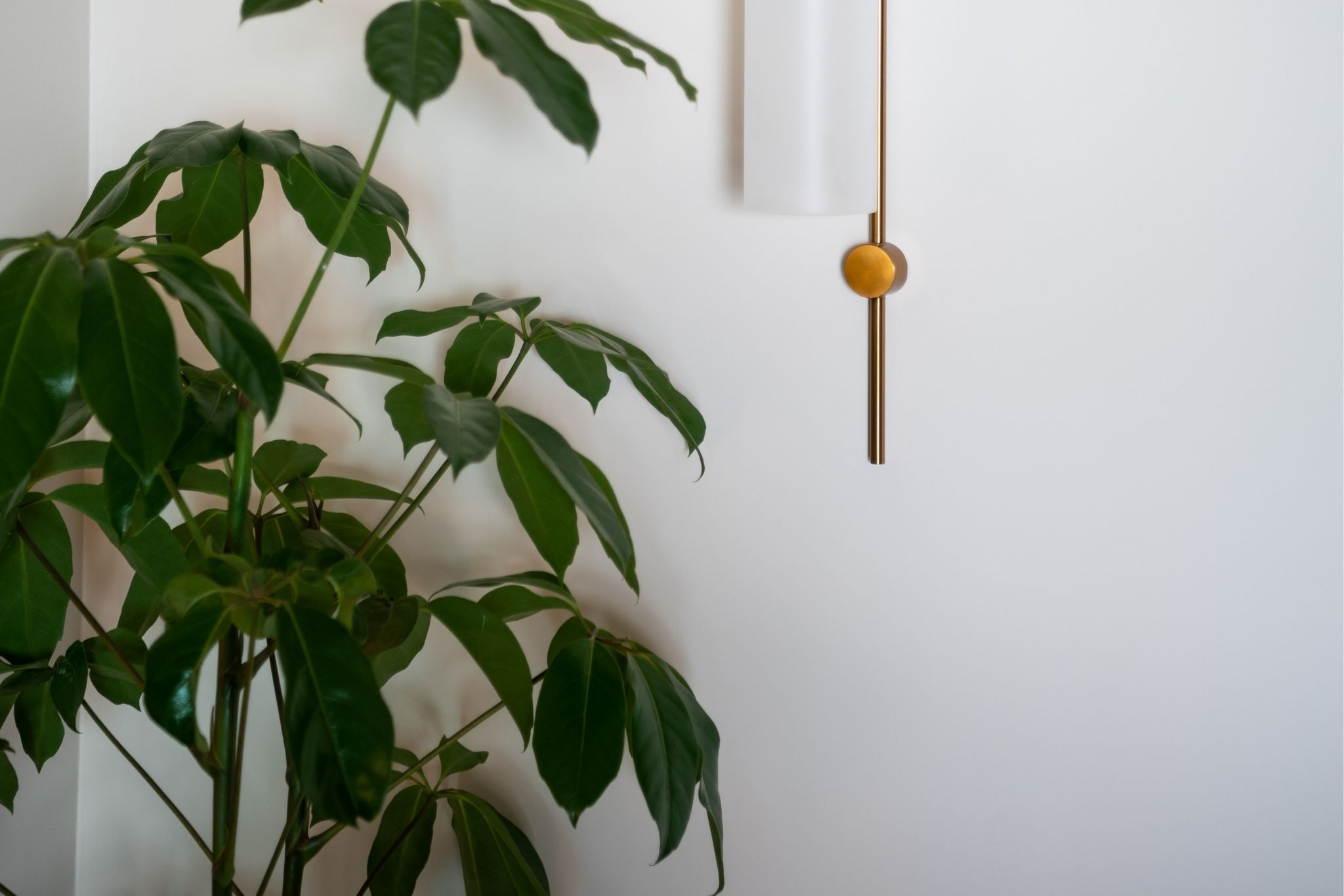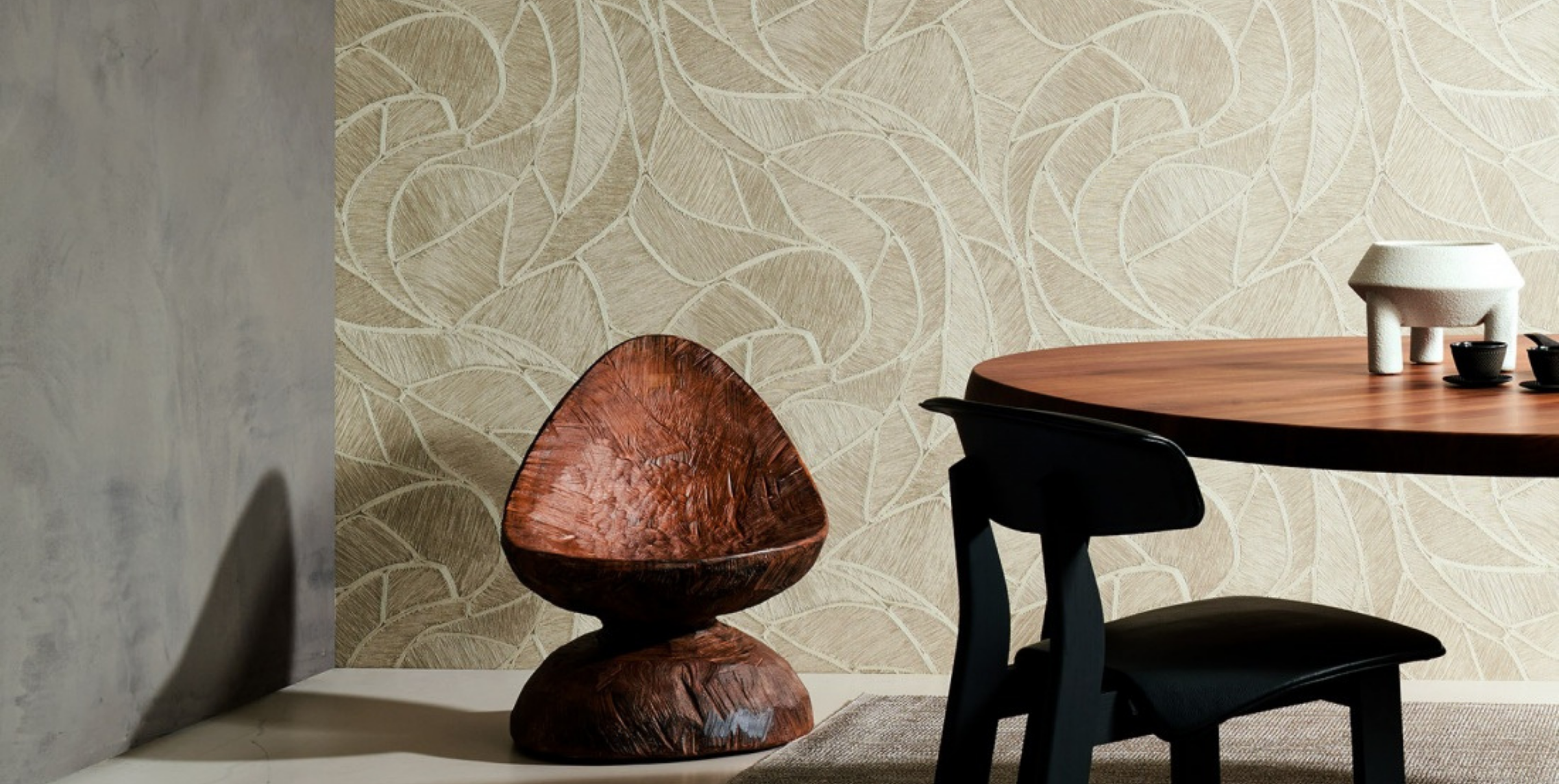

‘VIBING’ WITH YOUR HOUSEPLANTS IS IN VOGUE
Dialogues on life in the pandemic are blurring boundaries between ‘science and spirituality.’ Amongst them, the vibrational healing power of plants is capturing attention.

For space ideation designers, artists, stylists, opinion-makers, and ofcourse, all of us together, in our homes, the vibrational healing of plants is another dimension of their versatility. We already respect plants for the role they play in detoxifying the air we breathe. They’re loved for their aesthetic charms, which puts them in an inimitable league of their own.
Our bodies, our homes: everything’s energy
Now, we also know that besides the more obvious rhythms – like our heart beat, or pace of breathing – there are other vibrations at a cellular level, which can change the way they interact inside us, based on how we keep changing the way we interact with the outside environment.
They can absorb our thoughts, experiences, and related reactions, storing it like emotional energy inside.
Plants, living entities like us – in fact, responsible for our breathing – can help ensure these interactions are nourishing and positive.
Create that green energy field
Practitioners of energy medicine say a field of ‘conscious electricity’ surrounds us, and all forms. It extends as far as the full length of our body, and our outstretched arms.
Living with plants helps us keep this ‘conductor’ healthy, so it can help us understand why everything – including our interior aesthetics – Drains, or energises us.
Move from plant styling to plantscaping. If you want to stretch yourself out full length and place a favourite potted plant in the immediate radius – go right ahead! Even physics accepts the electromagnetic field created by the body’s biological processes and responses. Spirituality, or science, or a bit of both – it’s up to you.
Gradually layer, and landscape your space, and play with a mix of greens and flowers that speak to you. Ofcourse, seasonality, and level of maintenance required are important considerations, according to your lifestyle.
Location, location, location
You can bend those rules with plants and flowers. Place them where you want to and where it’s feasible.
If you begin styling with plants, you might need little else. Make the most of doors and windoors that are already looking out into, and reflecting the front or back lawn, or balcony gardens.

Reserve your absolute favourite plant, or bunch of flowers for your work-study-studio area: maybe, this inspires you. Suspended planters are great, if a touch of whimsy helps switch things up. A stand-alone piece in shared spaces, or where you entertain an intimate gathering is a usual option. Or, a centrepiece on the dining table. Give that lonely urn a makeover, by placing a sumptuous plant inside it. Keep miniatures, or succulents on floating shelves, or on side tables.

Will plantscaping help me & my home feel well?
The straightforward answer, by any scientific or spiritual yardstick, is yes.
Some people associate green plants with security, and familiarity, especially if they feel ‘homesick’ for Nature, and the general outdoors. In general, green plants and fresh flowers help us feel rested.
In a very heart-warming way, growing and maintaining plants help us feel purposeful when we’re disoriented. We feel connected to Mother Earth, even through the mud in a potted plant. It boosts our faith in our own ability to create, and care for something. In this way, plantscaping also helps us alleviate the pain and heaviness of loneliness.

Don’t forget dry flowers, or leaf-twig arrangements. They’re like gifts that keep on giving, even when their ‘time is done.’
As Nature reasserts her influence on the way we live, more and more research is being dedicated to the benefits of healing gardens or mini landscapes in homes and hospitals, during, and after the COVID – 19 pandemic.
Plants against stress instincts at home
A well-known cross-sectional experiential study by Japanese and Korean researchers showed that the participants who worked on the plant-related task were more comfortable, soothed, and natural afterwards, compared to those who had worked on the computer-based task. The study also reported significantly lower diastolic blood pressure after the plant task.
… But here’s a special mention for flowers, with a spiritual touch
Japanese poet and lay Buddhist priest Kobayashi Issa wrote,
“A world of grief and pain
Flowers bloom
Even then.”
Flowers are a wonderful symbol of hope and fresh beginnings. For adults who are in distress, or always rushing, simply observing flowers is a reminder that practising stillness and grace can remind them of their own beauty, and hidden sources of strength, waiting to bloom.
Flowers are great for introducing young children to the power of Nature. They’re gentle, and hold attention with their fantastical shapes and colour combinations. Above all, when children absorb and record the memories of their interactions with Nature’s silhouettes and textures, pigments and fragrances, it helps sow the seeds of a healthy emotional quotient within them.


